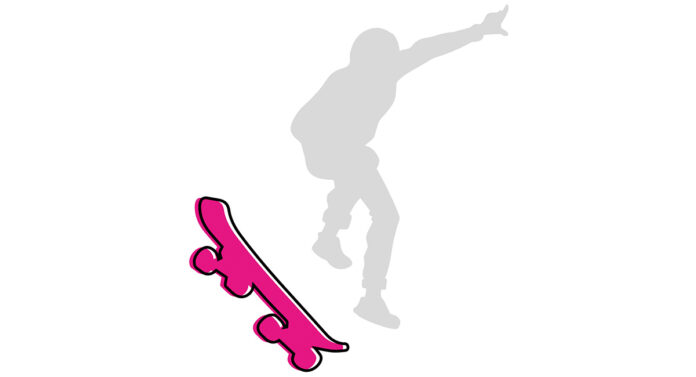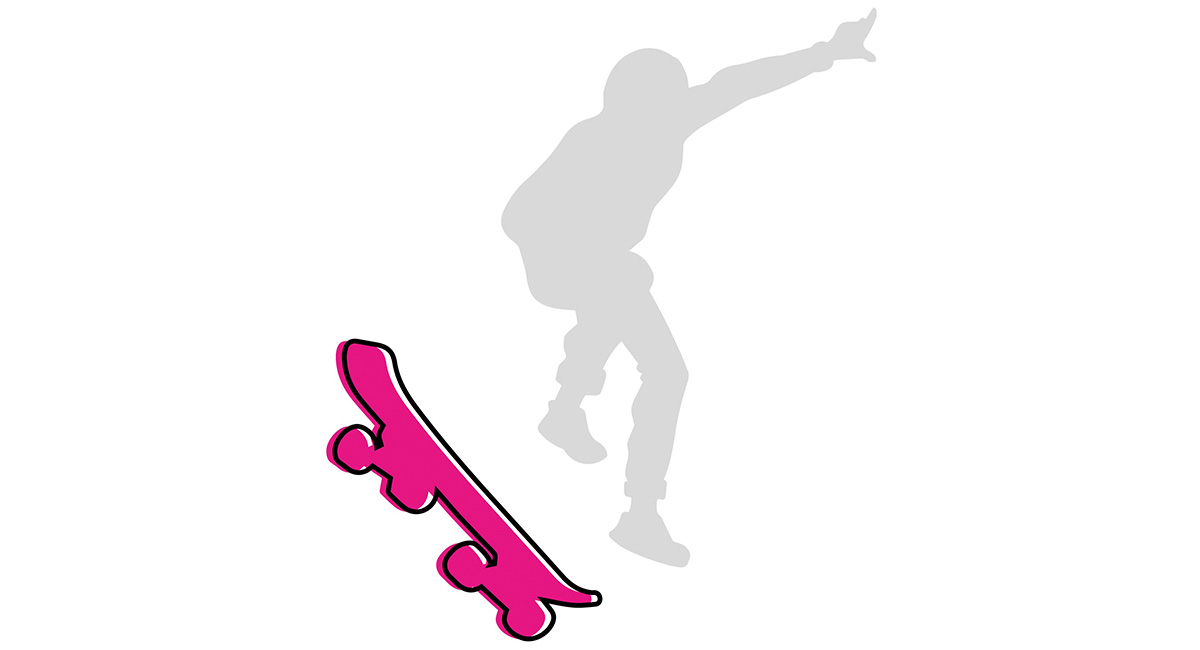“La danza delle ore”, parte dell’opera La Gioconda di Amilcare Ponchielli, conquista il pubblico del Teatro alla Scala nel 1876. Balletto gioioso, fino allo scherzo. L’autore fa sì che questa danza ariosa e vezzosa si colleghi variamente al mutare della giornata, dall’aurora fino alla notte, senza mai perdere la sua connotazione stilistica ed espressiva. Se il lettore avrà la curiosità di ascoltarla o riascoltarla, non farà alcuna fatica ad avvicinarla ad uno dei drammatici momenti connessi con la pandemia: la danza dei vaccini. I vaccini danzano variamente, come le note, ma con registri meno coerenti, dall’illusione che stanno per manifestarsi al disappunto che difficilmente i piani vaccinatori potranno essere rispettati. Che fare? Danzare. La scena non si consuma alla Scala, ma nell’incessante flusso mediatico delle emittenti. Anch’esse si danno alla danza delle ore. E a noi, destinatari non dell’ultima opera di Ponchielli, ma dell’unica risorsa per il “ristoro” fisico, psicologico ed economico dalla pandemia, non rimane che danzare le nostre ore di incertezza e mancanza di futuro.
“The dance of the hours”, the well known part of the opera La Gioconda by Amilcare Ponchielli, reached a real success when it was first performed at Teatro alla Scala in 1876. A joyful ballet, up to the joke. The author makes this airy and charming dance connect to the different phases of the day, from dawn to night, without ever losing its stylistic and expressive connotation. Possibly the reader will easily connect that dance to one of the pandemic’s dramatic moments we are living: the vaccine dance. Actually, the vaccines dance in various ways, like the notes, but with less coherent registers, from the illusion that they are about to arrive to the disappointment that the vaccination plans will hardly be respected. What to do? Let’s dance. Our performance’s stage will not be La Scala, but the endless media flow of the broadcasters. They too devote themselves to the dance of the hours. And we, the recipients not of Ponchielli’s latest work, but of the only resource for restoring ourselves from the pandemic, can only dance our hours of uncertainty and lack of a future.







